Meet the young designer brave enough for an everyday Lancia Fulvia
Most people in their twenties turn to Uber for transportation, but not designer Harry Wilson, who has a Lancia Fulvia Series 1 as his daily driver. We sat down to chat to find out more…
Harry Wilson is a young visual artist based in Fribourg, Switzerland. After studying automotive design for four years at university, he worked in the automotive industry for a few manufacturers. He has since left the automotive industry and spent two years working for a manufacturer of bicycles and winter equipment, but around this time he realized that his true passion was classic cars. In his words, “I really appreciate the old stuff.” It was this love for 1960s car carvings that led to his rather brave purchase of a Lancia Fulvia Series 1 in February. However, as Harry taught us, owning a classic in your twenties doesn’t have to be as scary as it sounds…
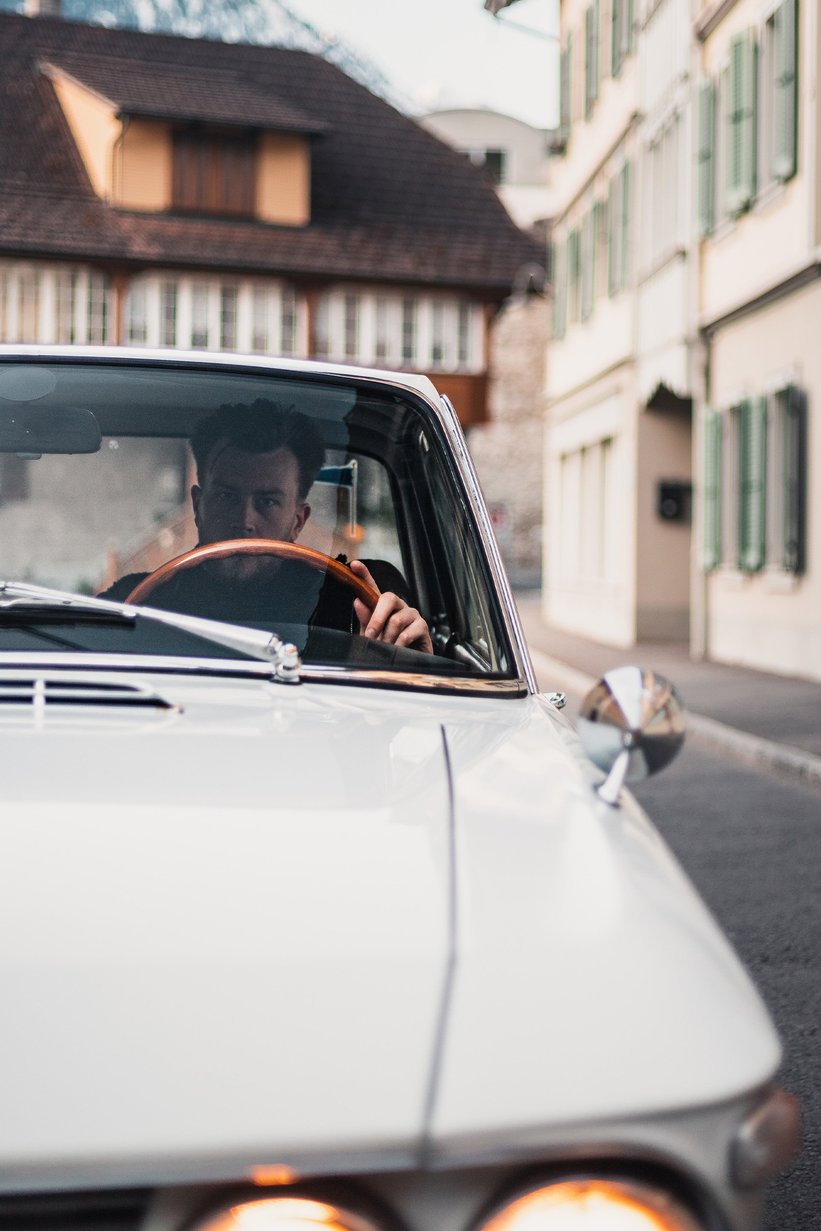
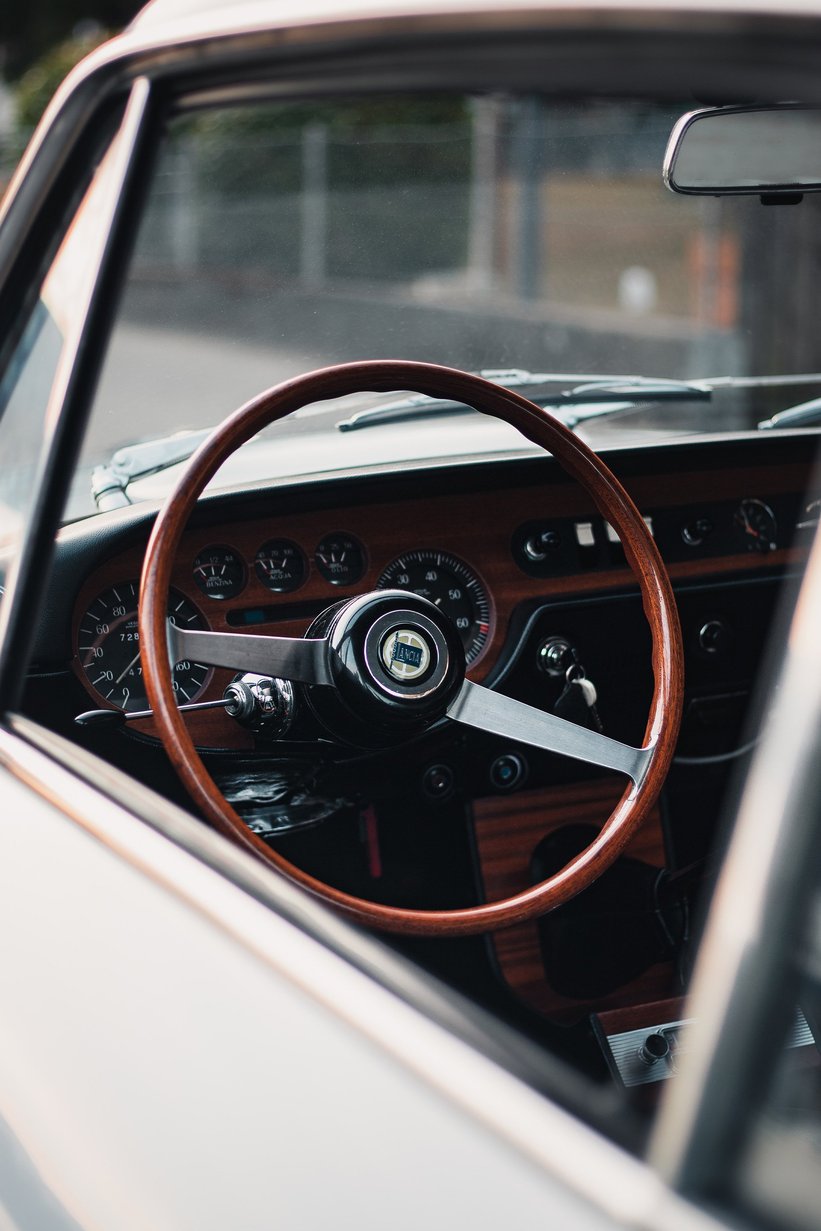
Harry, thank you for taking the time to tell us about your beautiful Lancia. Obviously you have a great appreciation for classic cars – where did it all start?
Years ago, in 2006, I was cycling in the rain in my village when I heard this gurgling, and suddenly this gray Aston DB9 with a cream interior passed by. I just thought it was so beautiful, and when I was younger supercars seemed so much rarer.
I really loved new things when I was a kid, but now that I’ve seen all of these cars evolve into their current models, you realize there’s always going to be a newer, better car around the corner. So taking a step back, I think cars from the 1960s, and even the 1930s and 1920s, really represent the epitome of design for me, everything was in perfect harmony.
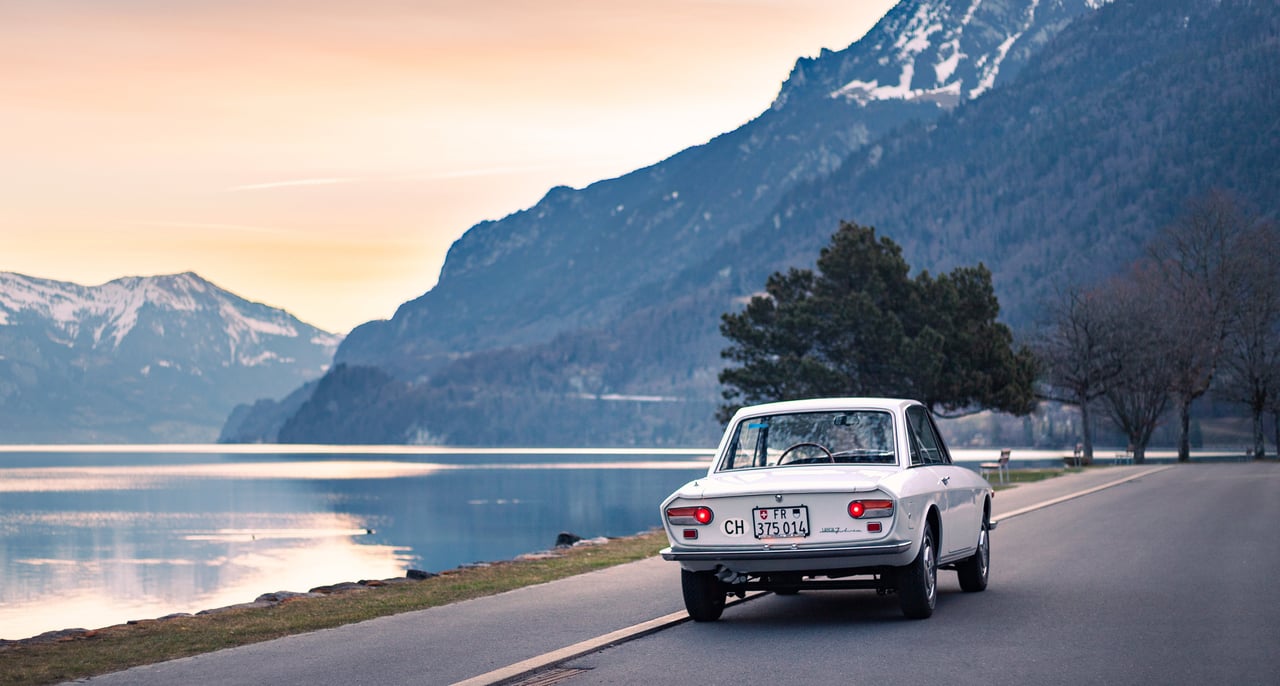
It’s something a lot of people can relate to, especially as car designs continue to get busier and more extreme. So what attracted you to the Lancia Fulvia?
The Fulvia is the kind of classic car anyone can buy. They are not very expensive, and Lancia really knew how to put together a great car. For example, the engine was mounted at a 45 degree angle in order to give the car a really shallow shoulder line. Being a 1 series, mine was built long before Fiat got involved, so there’s a lot of leather and metal in the cabin, and in the summer you can really burn your hand on the handbrake.
I had been looking at the ad for a long time and the car was in my price range. So when my friend from college was visiting, we checked it out in the Swiss mountains. Everything was very idyllic; the sight, the smell of fuel and leather, and the car was in such good shape. Then the V4 engine started, I started driving it and it was a great experience.
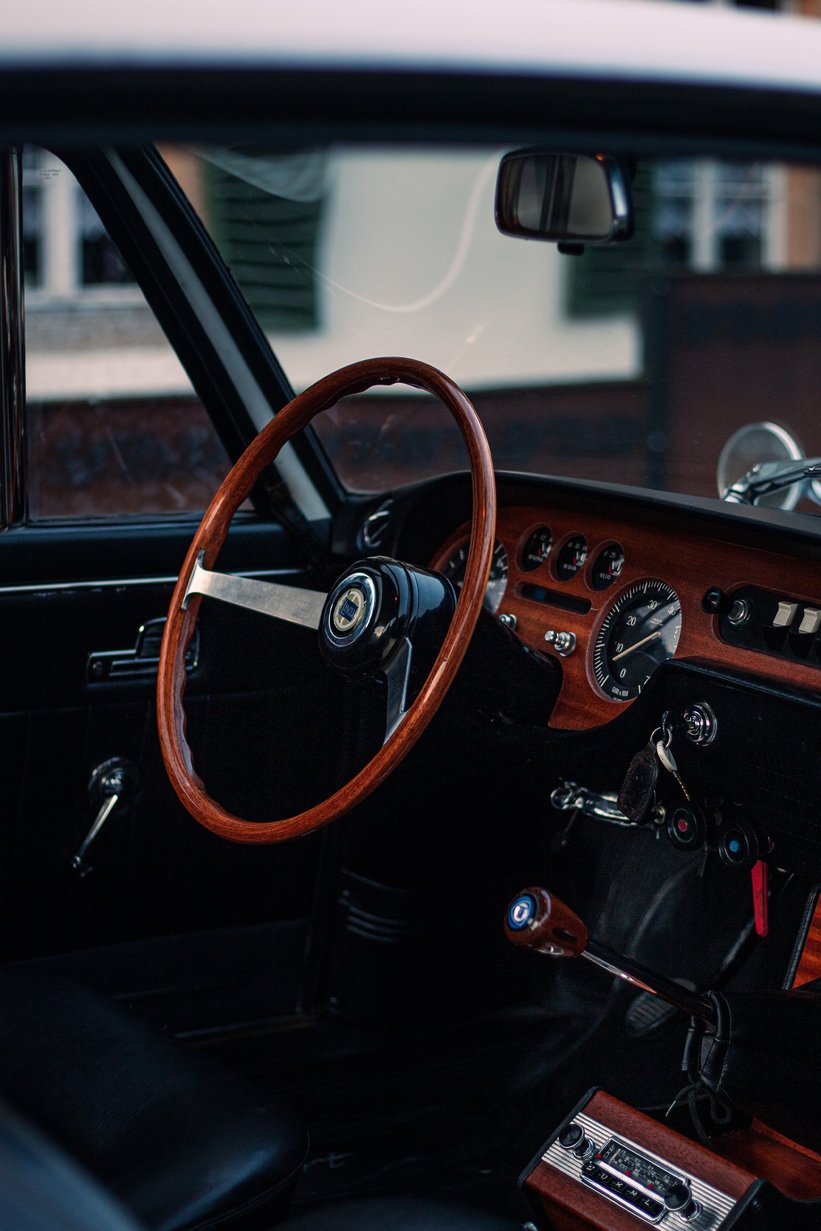
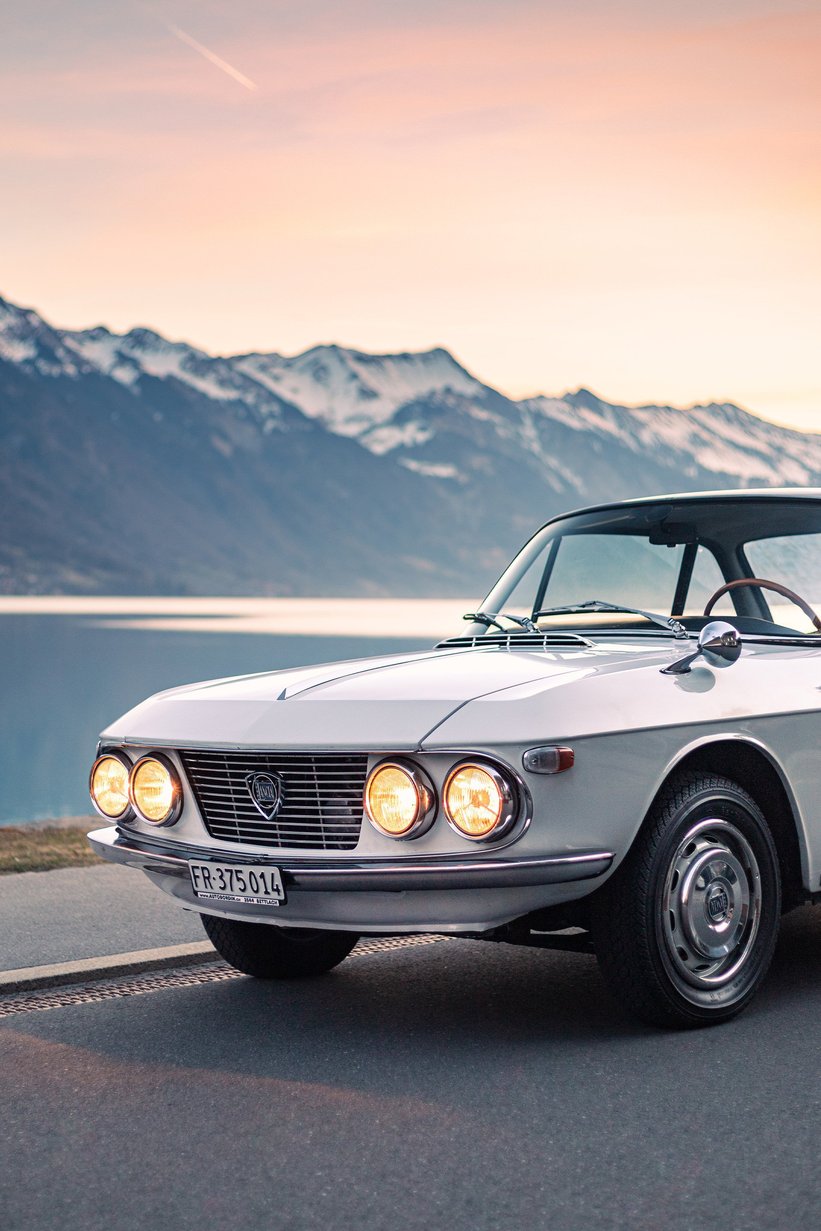
Can you tell us a bit more about your car?
It’s a 1 series, so it only has a 1.2 liter engine, but it was built in 1967, so it’s a pretty old example. It was one of the first cars to feature disc brakes, which was quite a technological breakthrough in automotive history.
My car was bought new in Turin by a guy who lived in Switzerland. It was a low-mileage, one-owner example; when I bought the car it had about 50,000 miles on the odometer so on average it had done just over 1000 miles per year. Everyone warns you about rust when buying a classic Italian car, but you’ll hardly find it anywhere on the car. I keep it off the road in the worst winter months, but drive it all the time.
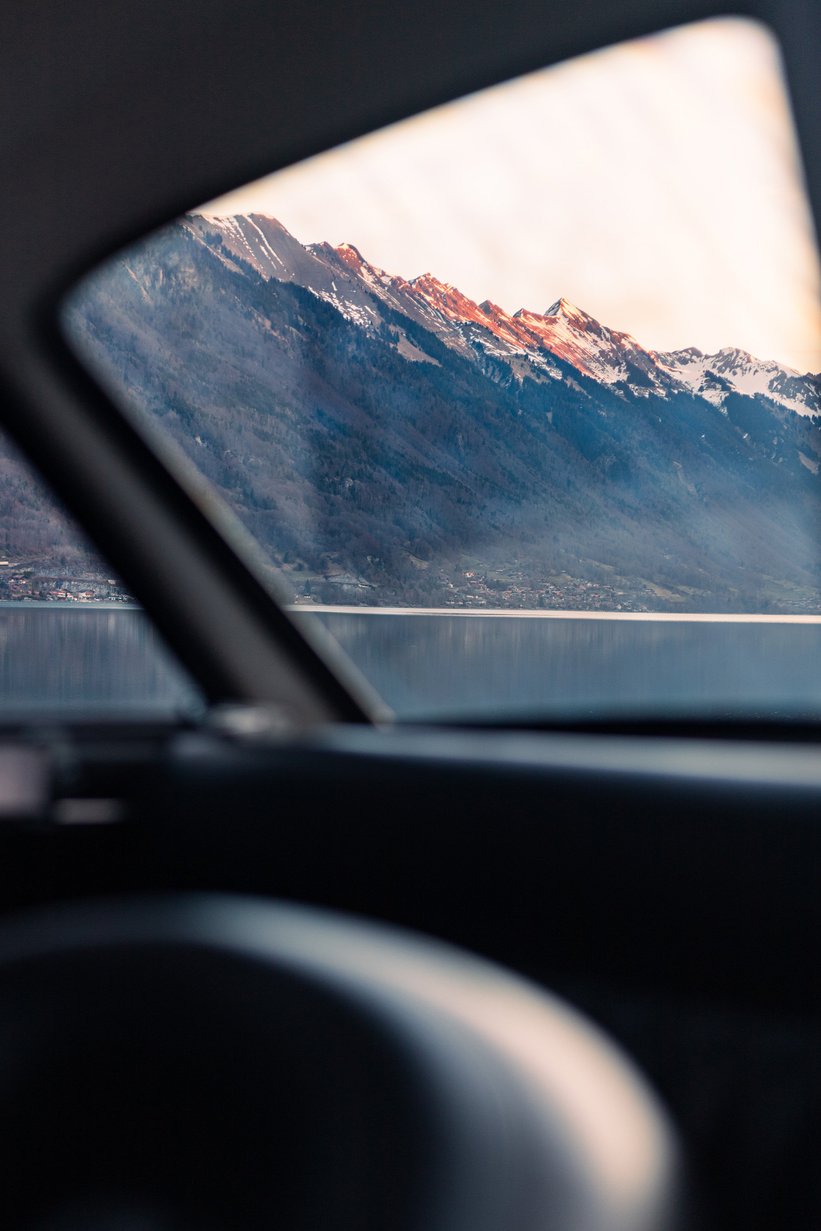
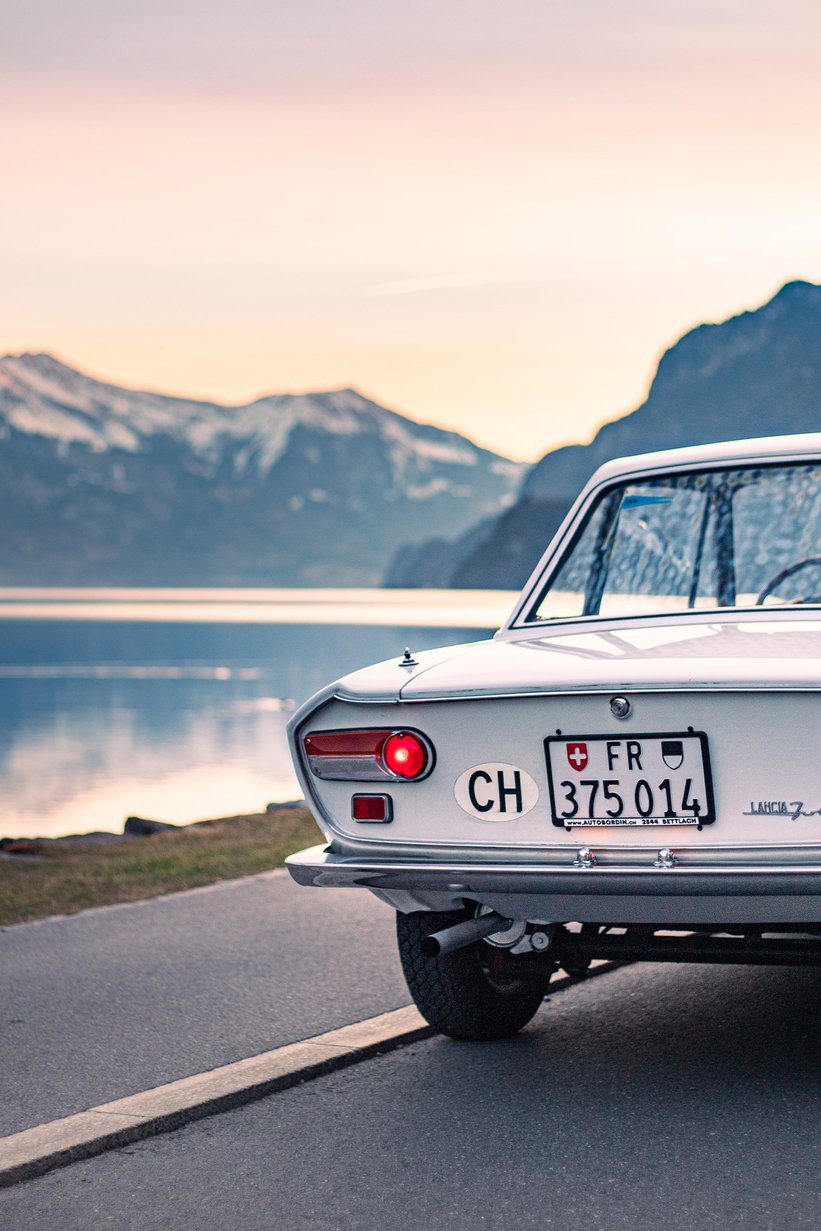
How has it been since you bought it – what are the best and worst things about it?
I drove the car from Switzerland to Florence in April. It rained the whole way and my car has the 4 speed gearbox as it’s a 1 series so it was very noisy on the highway. The radio is broken, but you don’t miss it because it’s great to hear the V4, and on the highway you might not hear it anyway. The solution to highway driving is to get a good pair of noise canceling headphones.
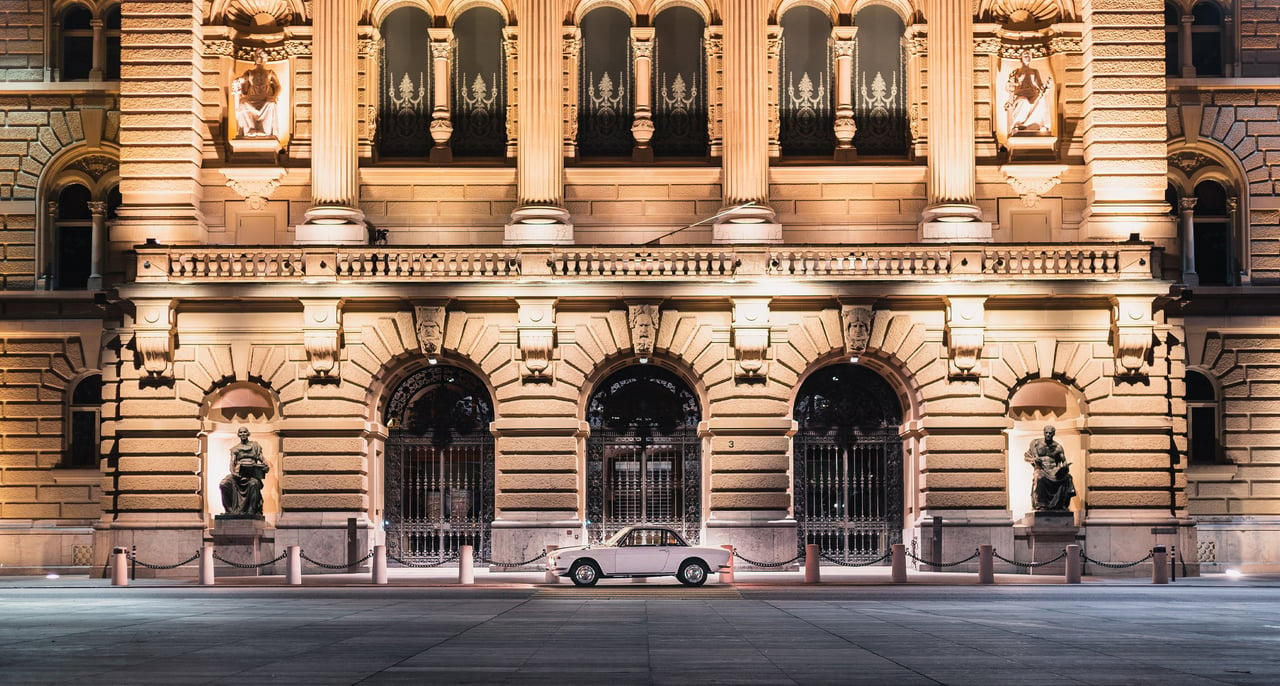
In Italy, which is really a car-loving nation, I’ve had people come and talk to me about the car. Even in Florence, police officers waved us through and let us park in front of the cathedral to take pictures. You could say that the people there really appreciate the Fulvia. The car took on its full meaning in Italy. You can have fun with it – it’s gently suspended but the steering is really precise so it’s just great to drive on the road.
However, there are a few issues; the reading light, the clock and the windscreen washers don’t really work, but the worst fault I’ve encountered is with the brakes. Disc brakes are good for a car built in the 1960s, but one day it decided to leak brake fluid. So, I was going down a street to a crosswalk in a nearby town, and when I hit the brakes, nothing happened. I had to swerve, use the handbrake and use the gears to stop it, which was pretty scary! The day before we were driving the Furka Pass, so I’m really glad it didn’t go badly there. So brake failure, but I’m still here.
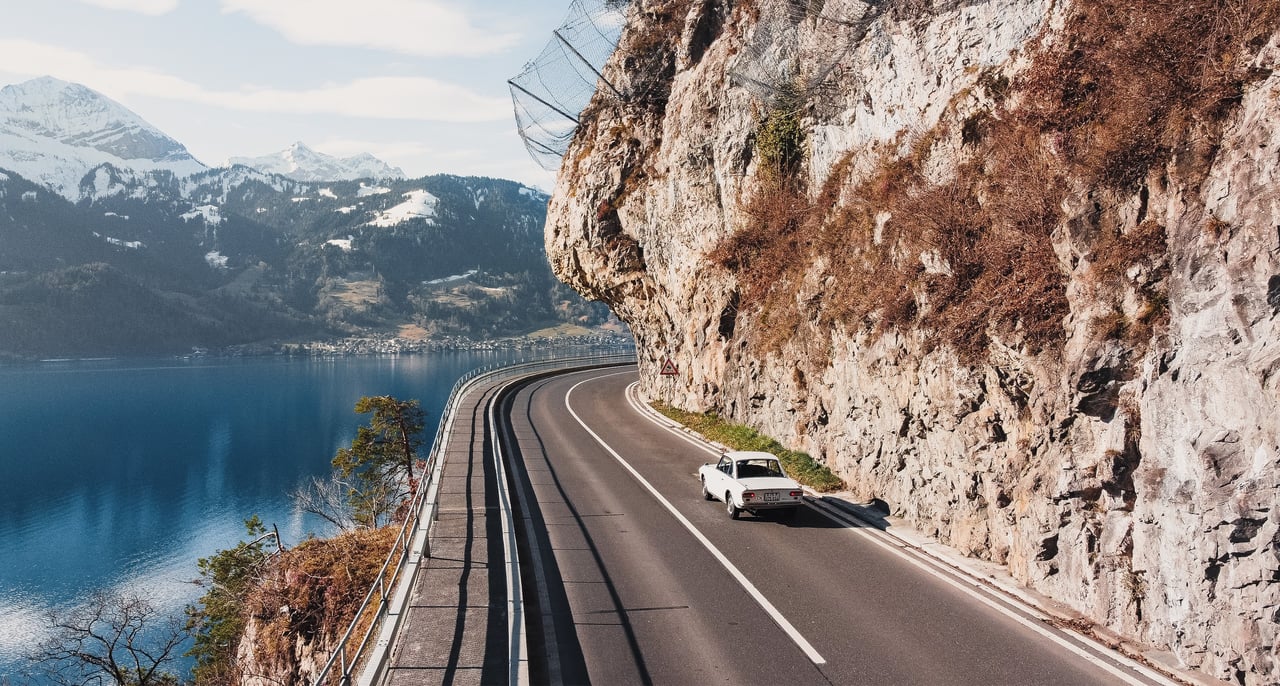
And next year, do you have any exciting trips in the pipeline?
Next year I would love to bring it to the UK. I was back a few weeks ago visiting family and think the Fulvia would work really well on British B-roads. Likewise, here in Switzerland, where the roads are so narrow and speeding is so strictly enforced, having a relatively slow small car is fantastic because you can really enjoy it. When you find a smooth stretch of road, there’s nothing like it, it’s such an experience.
It’s funny, the Fulvia has almost become a side attraction for my friends when they come to visit me, and they always ask if they can drive out. Switzerland is relatively small, so you can reach places of fantastic beauty. it almost became part of the tour.
I also spoke with a friend who has a house in Turin, so it would be super cool to make a pilgrimage to the old factory there. I have no idea what’s left of the old factory, but we’ll see.
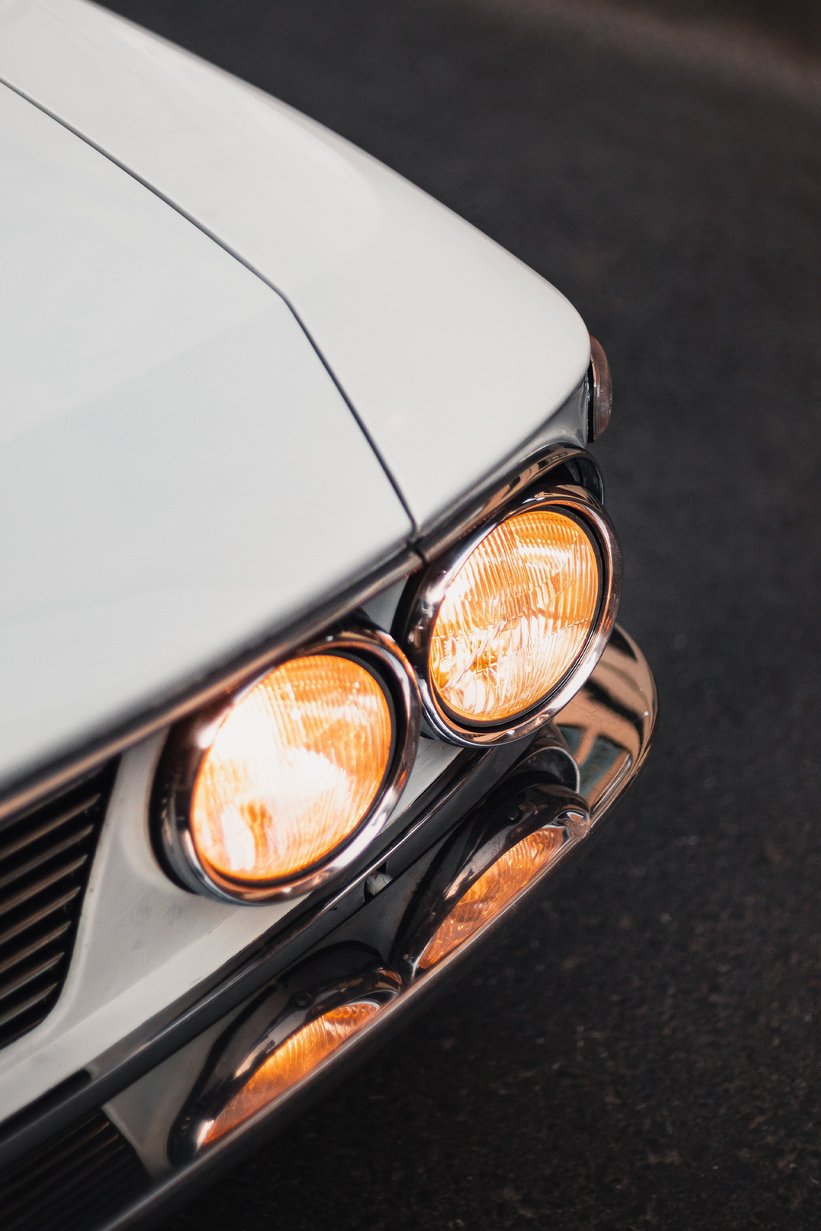
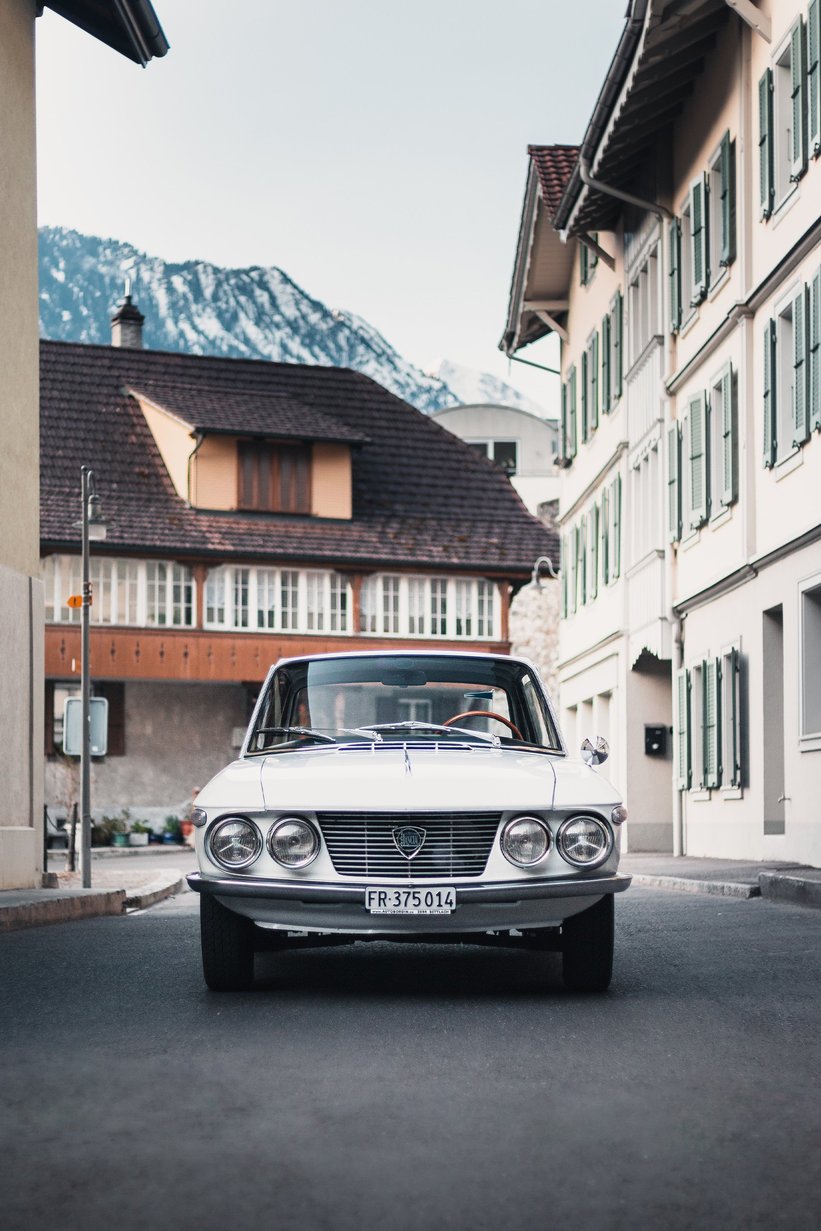
What would you say to someone else looking for a Fulvia?
First, be sure to look for a good example: rust is definitely a big deal. The next thing is to drive one. I’ve been ruminating and ahh about this for so long, and there will always be “what ifs”, but if you check for the obvious signs of shoddy work, you should be fine. Sure there is a clean history, but a lot of people who had these cars were very proud of them, so a lot of them are still in great condition.
Don’t choose the cheapest example. Look at the mid-range stuff and you’ll find something good. I opted for a Series 1 because they fitted more upscale stuff, like a real wooden steering wheel. The Series 2 has a bit more power and a 5-speed, but there’s a bit more plastic, so you have to decide what’s important to you. If money weren’t an issue, I’d definitely go for a 1.6 HF.
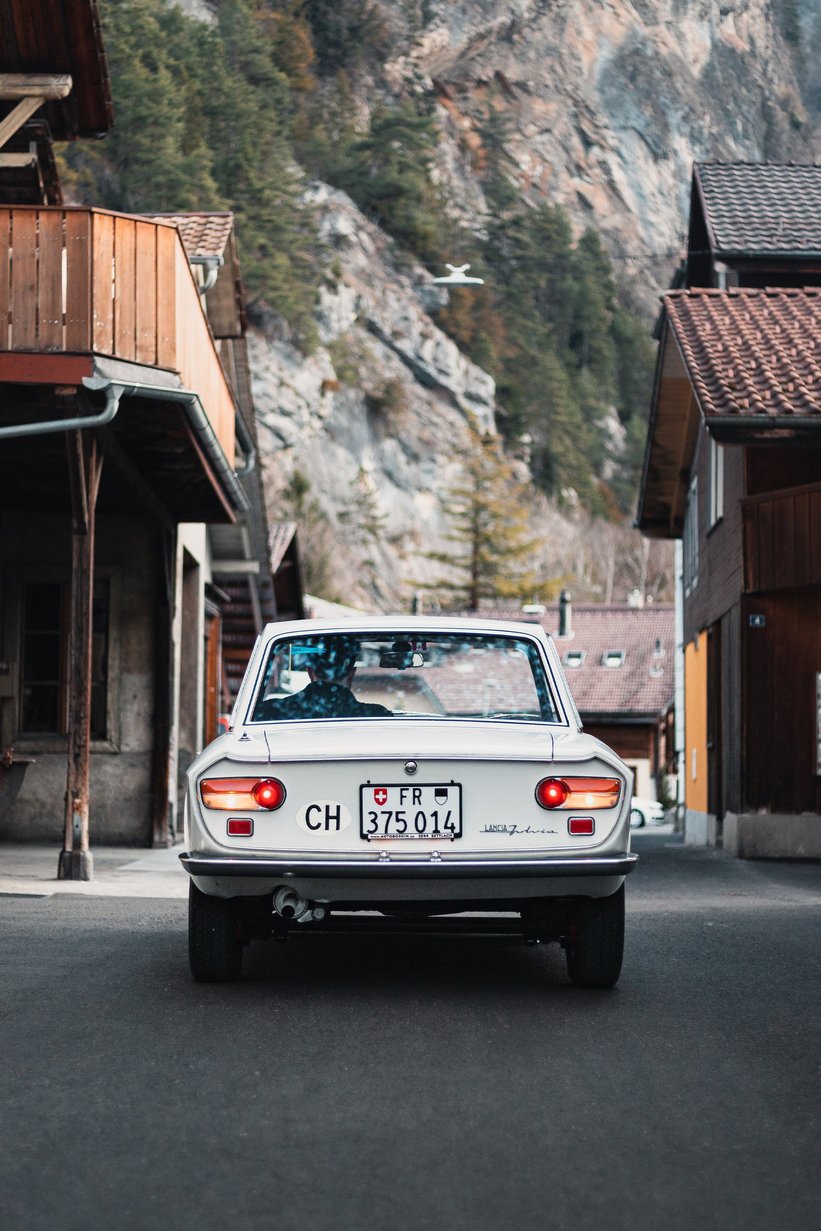
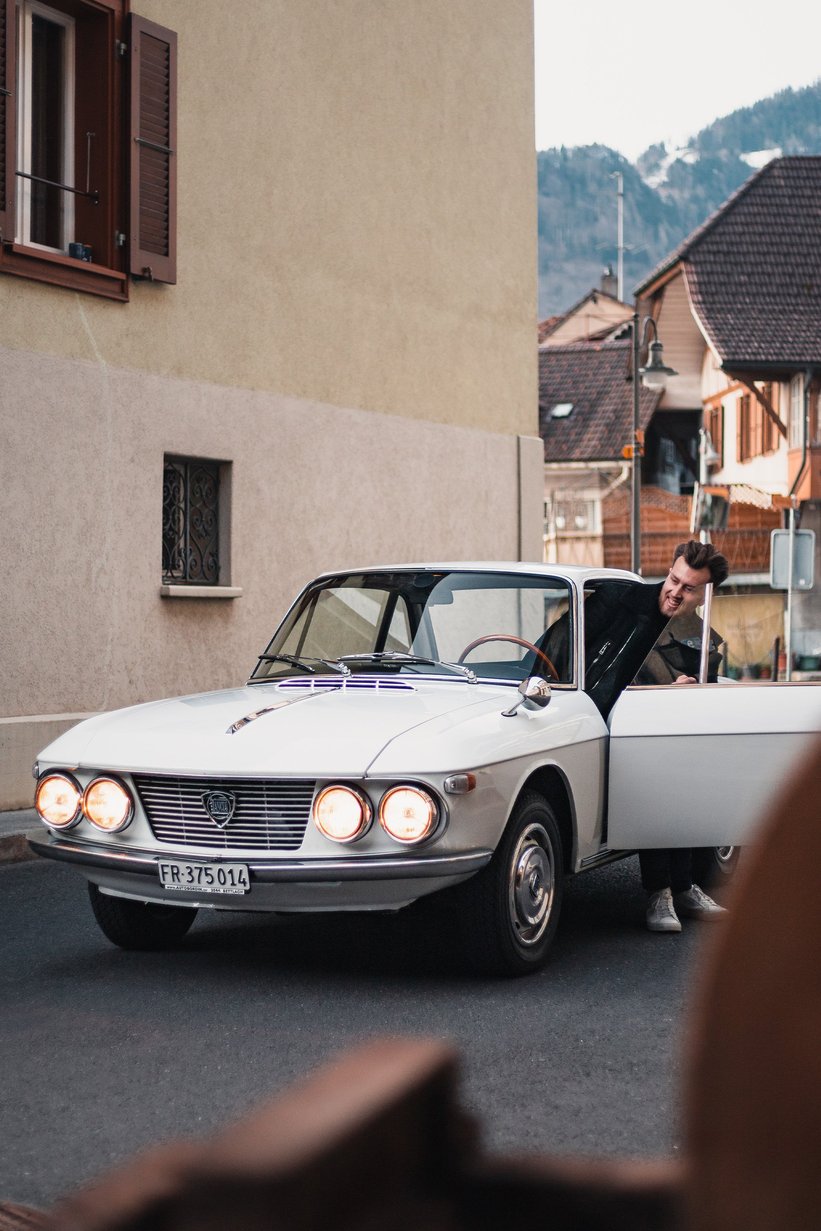
There’s so much we can learn from riding machines from the past. There were no gimmicks; everything about the car was essential. Planned obsolescence was not a thing, and that’s proven by the fact that you can buy something like a Fulvia at a reasonable price. It’s crazy because at the time it was more expensive than a Jaguar E-Type, and I think you’ll find the fit and finish a little better than what they did in Coventry .
Overall, the best thing about the Fulvia is definitely the community, because it’s not about what you drive, it’s about why you chose what you drive. If that’s good for you, then this is the car for you.
Photos by Alexis Bataillon
BROWSE LANCIA FULVIAS FOR SALE

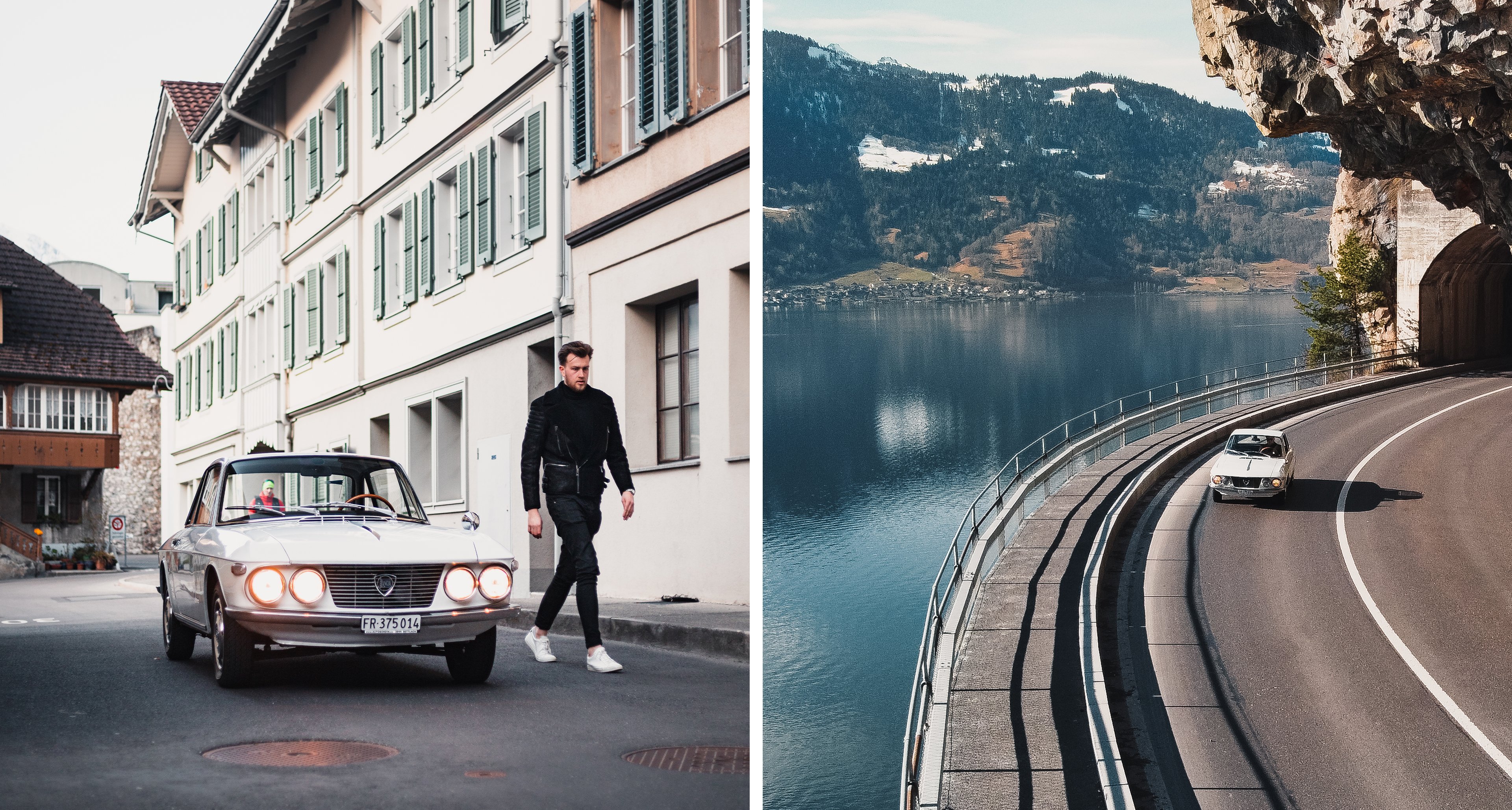
Comments are closed.